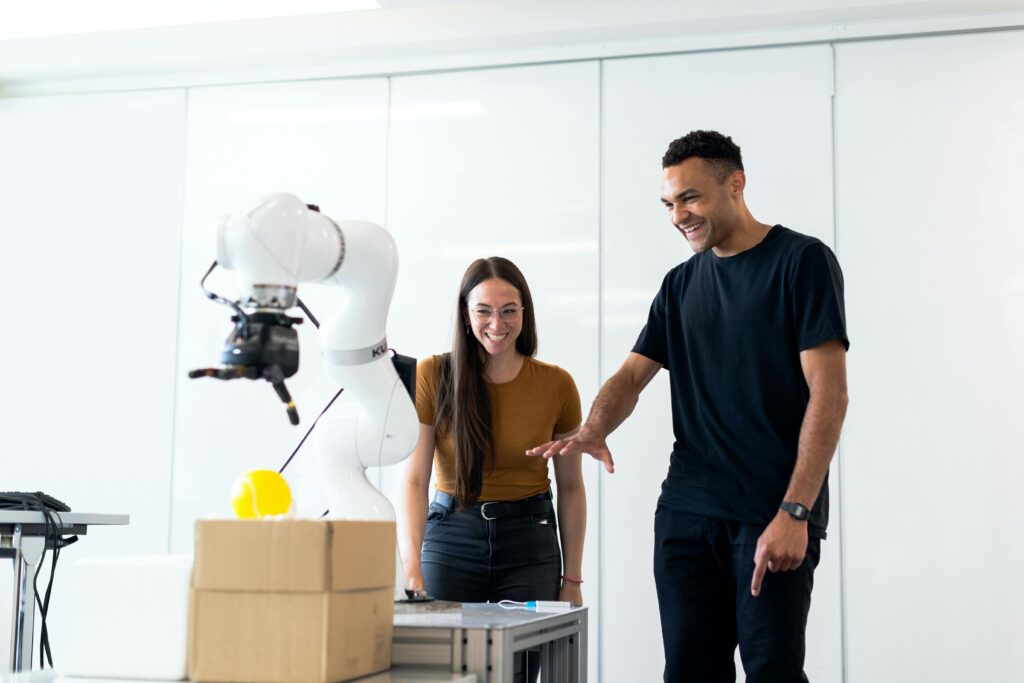

Student Physiotherapist
09 October 2024
The Student Series: Episode #3
Innovative technologies in neurological rehabilitation
Welcome back to the third episode of this seven-part blog series, written by a student during their placement with Dorset Neuro Rehab. We took a short break last week while we were relaxing in Devon – hope the suspense wasn’t too much! Throughout the series, we explore various aspects of neurological rehabilitation and the challenges faced by individuals with neurological conditions. In this post, we’ll take a brief look at some of the innovative technologies in neurological rehabilitation that are helping to transform recovery. Stay tuned for more insights in the upcoming episodes!

In this third instalment of the series, we’ve taken a brief look at some of the innovative technologies used in neurological rehabilitation. From wearable technology to robotic exoskeletons, we’ve explored how these advancements are enhancing recovery. Stay tuned as we continue to share more key insights and experiences from the placement, with exciting topics still to come!

